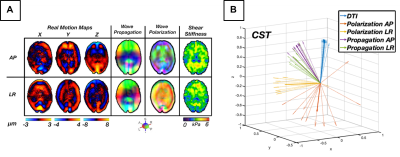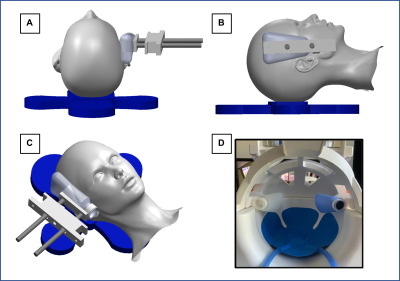Diego A. Caban-Rivera1, Daniel R. Smith1, Keshav A. Kailash2, Ruth J. Okamoto2, Matthew D.J. McGarry 3, Lance T. Williams1, Charlotte Guertler2, Grace Mcilvain1, Damian Sowinski3, Elijah E.W. Van Houten 4, Keith D. Paulsen3,5, Philip V. Bayly2, and Curtis L. Johnson1
1Biomedical Engineering, University of Delaware, Newark, DE, United States, 2Mechanical Engineering and Material Science, Washington University in St. Louis, St. Louis, MO, United States, 3Thayer School of Engineering, Dartmouth College, Hanover, NH, United States, 4Mechanical Engineering, Université de Sherbrooke, Sherbrooke, QC, Canada, 5Dartmouth-Hitchcock Medical Center, Lebanon, NH, United States
1Biomedical Engineering, University of Delaware, Newark, DE, United States, 2Mechanical Engineering and Material Science, Washington University in St. Louis, St. Louis, MO, United States, 3Thayer School of Engineering, Dartmouth College, Hanover, NH, United States, 4Mechanical Engineering, Université de Sherbrooke, Sherbrooke, QC, Canada, 5Dartmouth-Hitchcock Medical Center, Lebanon, NH, United States
Thorough examination of a novel customized multi-excitation MRE actuator combining both left-right and anterior-posterior drivers for anisotropic mechanical property estimations in white matter tracts of the human brain.

Figure 2: (A) AP and LR excitation wave characteristics for (matching slice, repetition): motion fields, wave propagation/polarization
directions, isotropic inversion shear stiffness. (B) 3D
vectors display average directions of wave propagation and polarization in
the CST vs. fiber orientation (DTI). Light and dark arrows represent repetitions and averaged across all repetitions, respectively. We observe similar wave propagation directions
between AP and LR excitations. Wave polarization directions are visibly
differentiable and distinct from propagation.

Figure 1: Schematic of the custom
actuator design orientations (A, B, C) and a picture of the set-up inside the
20 channel head coil (D). The design allows the actuator to rest against the
side of the subject’s head and is adjustable for different head sizes; it can
be configured before the subject is laying in the coil which reduces set-up
time and variability.
